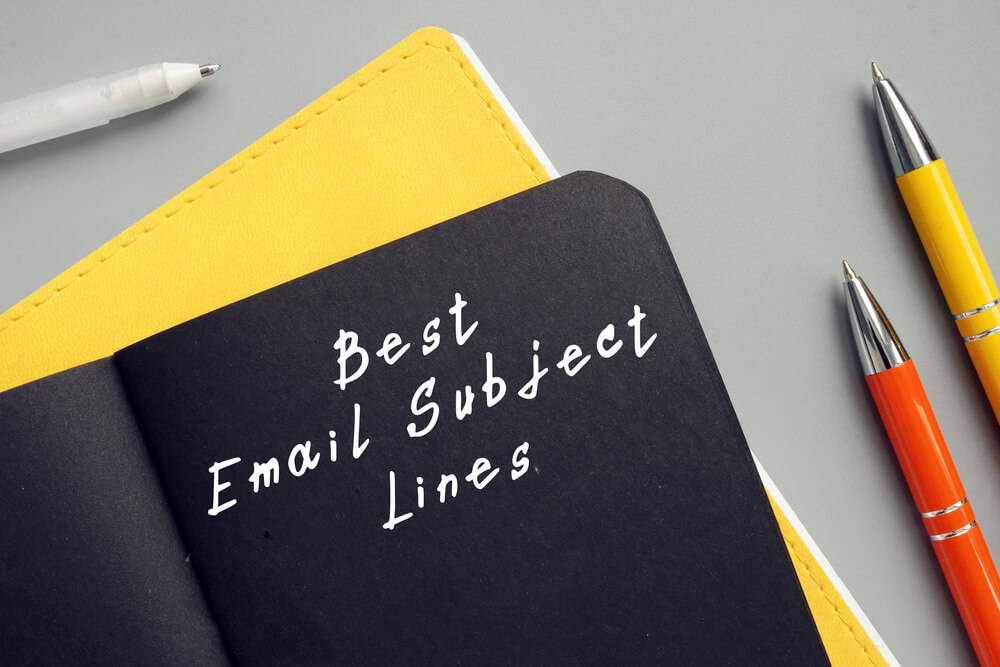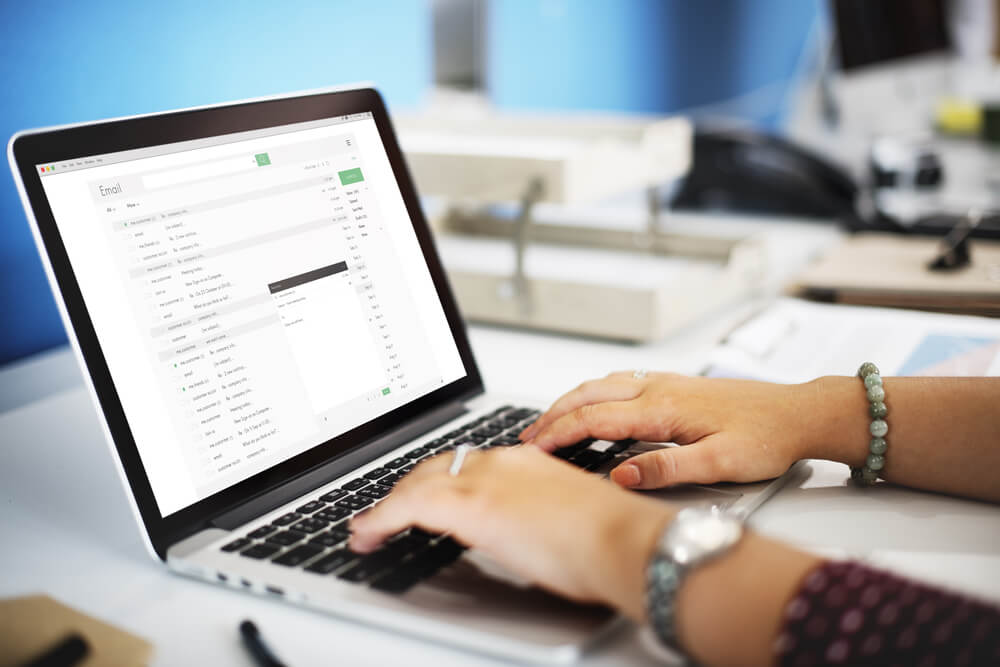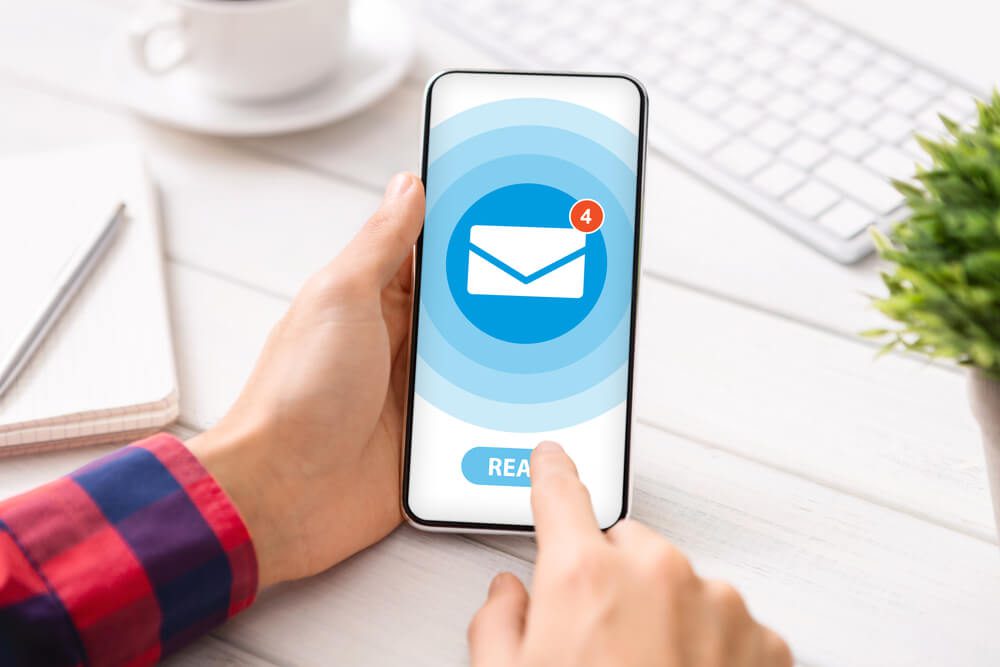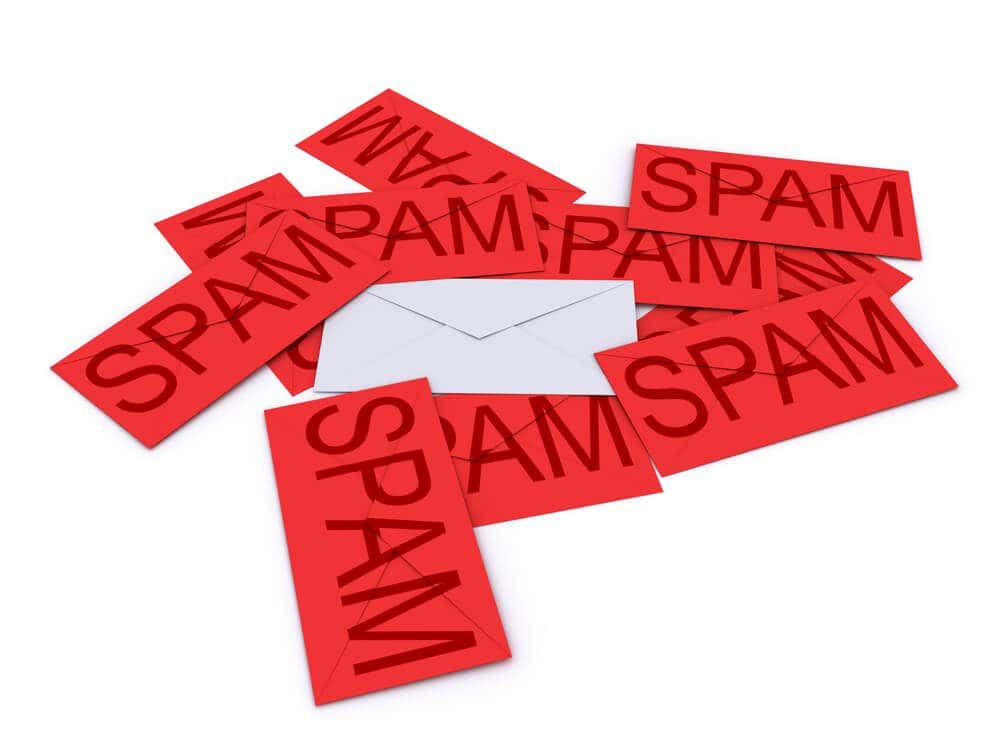
What Makes a B2B Email Subject Line Engaging and Effective?
In B2B email marketing, the right subject lines contribute to the success of campaigns. Well-written lines capture the recipient’s attention and stand out in a crowded inbox.
How do you write a compelling subject line? This article shares the most critical elements that boost open rates:
- Clarity and relevance
- A sense of urgency or curiosity
- Personalization
- Brevity
- Optimization
- Ability to avoid spam triggers
Learn how to write a subject line that improves the outcome of your B2B email campaigns. Let’s go!
Tired of investing in Search Engine Optimization without getting any results? See how Digital Authority Partners turns that around!
1. Clarity and Relevance for Better Engagement
Clear and concise subject lines make the email purpose apparent and improve the value of emails because people perceive them as important. They also directly address the recipient’s interests, significantly boosting open rates and engagement.
These techniques promote clarity and relevance of email subject lines:
- Tailor subject lines to individual recipients by incorporating their names, companies, and other industry details.
- Integrate keywords that resonate with the target audience and highlight key pain points or benefits.
- Keep subject lines concise. Convey the email’s primary purpose in a few words so recipients know what to expect.
- Frame subject lines as questions or challenges that resonate with the recipient’s concerns.
- Experiment with different subject lines through A/B testing.
- Work with an expert content marketing agency to craft compelling email messaging.
- Communicate the value proposition or benefits within the subject line, whether it is time savings, cost-effectiveness, or a unique solution.
Emphasizing these aspects in the subject line makes the email more appealing and relevant to the recipient.
2. A Sense of Urgency or Curiosity for Higher Open Rates

Subject lines that evoke a sense of urgency or curiosity prompt B2B recipients to open emails. Urgency suggests a time-sensitive matter, compelling them to act promptly to avoid missing out on valuable opportunities.
On the other hand, curiosity taps into human psychology by creating a desire for more information. Ambiguous but intriguing subject lines provoke recipients to open the email to satisfy their curiosity.
Strategically employing these psychological triggers elicits a heightened interest in the email and drives open rates.
Here are strategies to achieve this:
- Verify that the urgency or curiosity conveyed in the subject line matches the tone and content of the email.
- Communicate a value or benefit in the subject line to reinforce the idea that the content holds valuable information.
- Provide specific details about the time-sensitive nature of the content to add credibility. Do you have a limited-time offer, exclusive access, or a deadline?
- Create subject lines that tell the recipient actions to take rather than just building curiosity. Using clear, actionable language prompts the recipient to take the desired action.
- Provide a glimpse of what recipients can expect to find in the email without revealing all the details.
- Implement A/B testing to assess the effectiveness of the lines in evoking urgency and curiosity.
3. Personalization for Greater Email Relevance
The influence of personalization in B2B email subject lines goes beyond formality. It establishes a direct and meaningful connection with the recipient.
Incorporating the recipient’s name or referencing their company significantly improves the email’s relevance. A personal touch also captures attention and signals to the recipient that the content likely addresses their needs and interests.
Personalize the subject lines to increase the email’s engagement and relevance with these strategies:
- Automatically populate the recipient’s name, company, and other relevant details within the subject line.
- Divide the B2B audience into segments based on industry, job role, or other relevant criteria. Craft subject lines that speak directly to the challenges or interests of each segment.
- Use behavioral data and past interactions to inform personalization strategy. Reference recent actions, such as webinar attendance or whitepaper downloads.
- Incorporate industry-specific terminology or language relevant to the recipient.
- Tailor subject lines to highlight personalized offers, promotions, or exclusive insights based on the recipient’s profile or previous interactions.
Lastly, gather additional information over time and progressively enhance personalization efforts. As the relationship with the recipient evolves, use the collected data to refine and deepen the personalization of subject lines for a consistently relevant and engaging B2B email marketing strategy.
4. Brevity for Mobile

Brevity in B2B email subject lines is critical, especially when mobile device use and content scans are the norm. Mobile users represent a significant portion of email recipients, and they access and browse emails quickly. Concise subject lines capture their attention.
Short, compelling subject lines are also more likely to be completely visible on smaller screens, enhancing open and engagement rates.
Keep the subject lines short and sweet with the following best practices:
- Limit the subject line length to under 50 characters or fewer than seven words.
- Place the most crucial information at the beginning of the subject line.
- Use impactful and relevant keywords to convey the essence of your message.
- Prioritize subject lines optimized for various devices and email clients. Test them on different platforms for impact and clarity.
- Eliminate unnecessary words, jargon, or redundant phrases from the subject lines.
- Analyze open rates and engagement metrics to understand the effect of the subject line length, avoid email marketing mistakes, and use the data to refine your approach.
5. Optimization for Maximum Impact
Testing allows B2B marketers to gauge the effectiveness of different subject lines and optimize them for maximum impact. This iterative process provides insights into the recipient’s preferences and allows you to refine your email marketing strategies.
Here are methods for testing and analyzing the effectiveness of various subject lines:
- A/B testing: Divide the audience into segments and send emails with different subject lines. Compare open rates, click-through rates, and other relevant metrics to determine which approach resonates best with them.
- Multivariate testing: Test multiple elements within the subject line simultaneously, such as length, tone, or the impact of personalization. This method analyzes the combined effects of different factors and identifies the most effective approach.
- Segmentation analysis: Examine how different subject lines perform within specific audience segments.
- Time-of-day testing: Experiment with sending emails at different times of the day and analyze how subject line performance varies. Delivering emails at the most optimal times significantly boosts open rates and engagement.
- Content relevance metrics: Monitor how well the email content aligns with the subject line. High click-through rates combined with relevant subject lines indicate a successful alignment. At the same time, low engagement signals a disconnect between expectations set by the subject line and the actual content.
- Conversion tracking: Track conversions and desired outcomes other than open rates. Analyzing how different subject lines contribute to achieving specific goals, such as lead generation or product sales, provides a comprehensive understanding of the overall impact of your efforts.
Consistent testing and optimizing help fine-tune subject lines to align with audience preferences, enhancing the email campaign’s chances for success.
6. Ability to Avoid Spam Triggers for Trustworthiness

Certain words or phrases in the subject lines trigger automated filters, flagging emails as spam. This immediately reduces the open rates, ruins engagement and lead-generation strategies, and decreases the brand’s reputation and trustworthiness.
Besides following email laws such as the CAN-SPAM Act, avoid these common spam triggers to increase deliverability and open rates:
- Free: Although promotions and offers are popular marketing tactics, using the word “free” excessively or misleadingly often triggers spam filters.
- Urgent: An urgent-sounding subject line is persuasive. However, overusing terms such as “urgent” or “act now” sometimes creates a false sense of immediacy, leading to emails being flagged as spam.
- Guarantee: Most email platforms perceive phrases that promise guaranteed results as overly promotional.
- Dollar signs or “make money fast”: Explicit references to money-making or get-rich-quick schemes are classic spam trigger words that you need to avoid to maintain the legitimacy of B2B emails.
Avoiding spam triggers ensures that B2B emails reach the intended recipients. It also elevates trustworthiness, credibility, and brand image.
Summing Up
Engaging and effective B2B email subject lines hinge on clarity, relevance, and personalization. Crafting concise subject lines that directly address recipient needs, employing personalized touches, and avoiding spam triggers all enhance the likelihood of capturing attention in crowded inboxes.
On the other hand, continually optimizing campaign performance, conducting A/B testing, and refining subject lines based on data-driven insights result in a dynamic and responsive strategy that resonates with the target audience.
How can you continuously innovate email subject lines to keep your B2B audience engaged? Partner with B2B email marketing experts. Contact Digital Authority Partners (DAP) to schedule a free consultation.
Want To Meet Our Expert Team?
Book a meeting directly here




